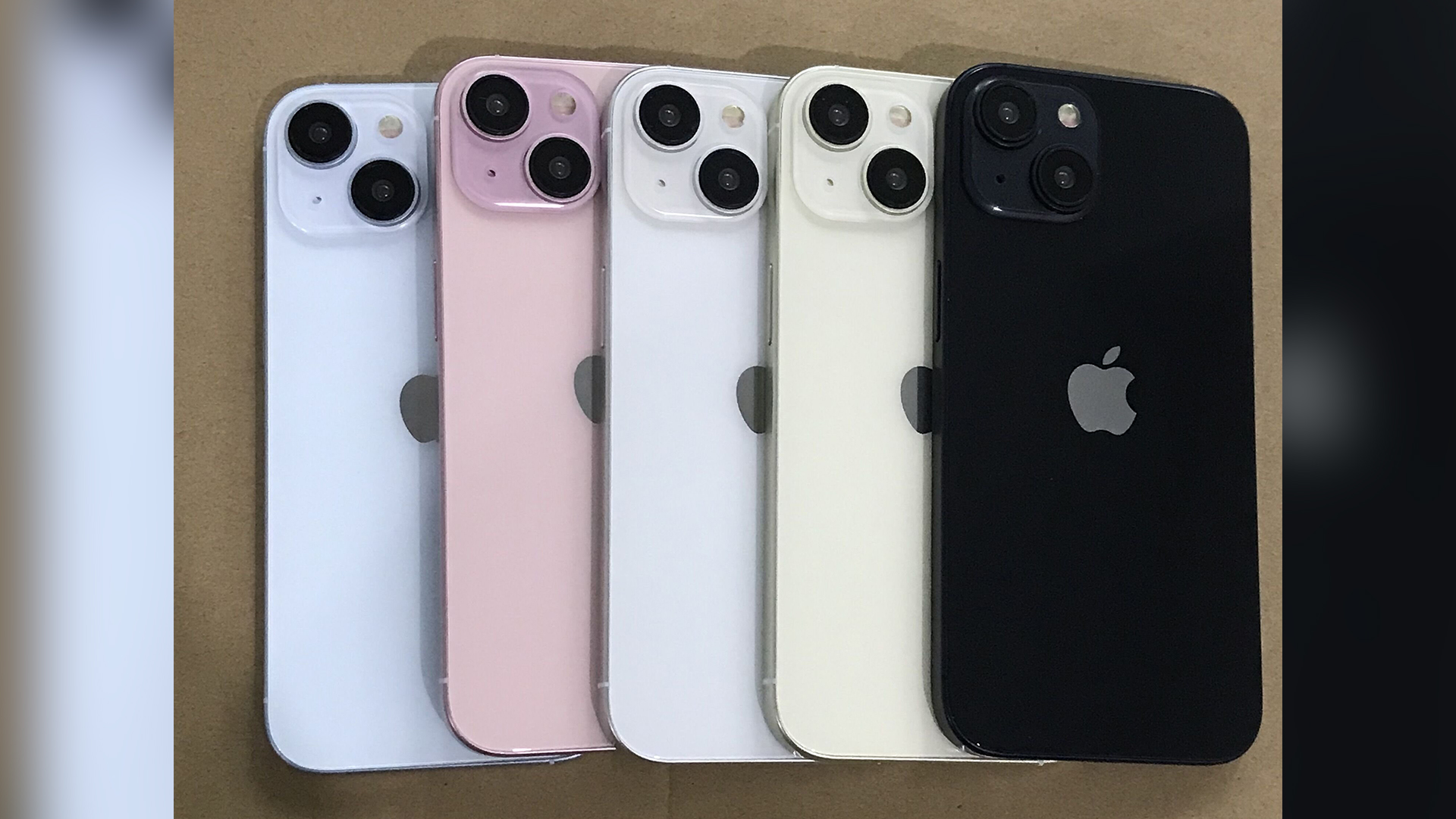Samsung Galaxy Watch 4 and Watch 4 Classic — Wear OS Powered by Samsung
Galaxy Watch 4 and Watch 4 Classic may finally be able to take on Apple Watch
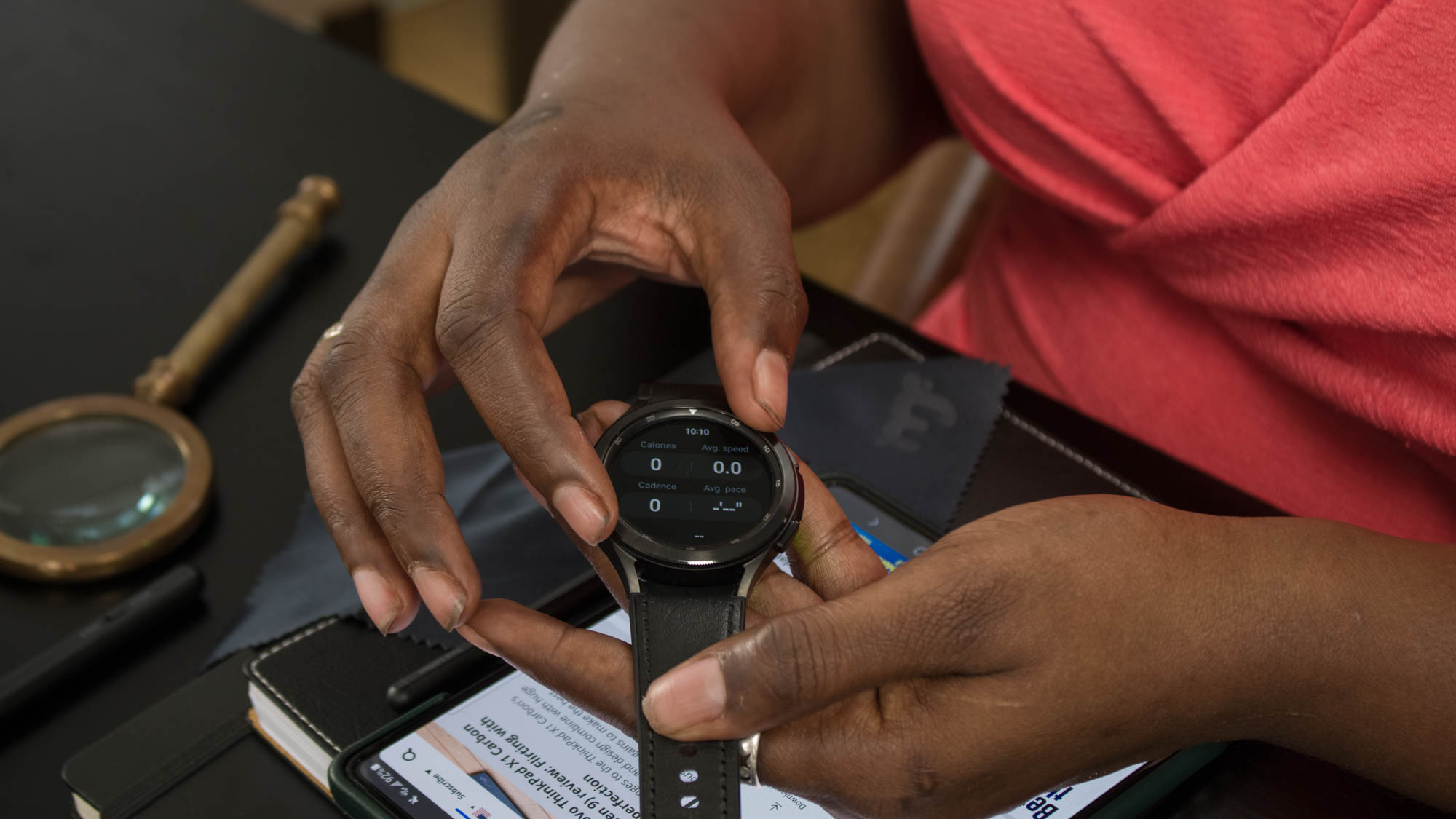
Samsung’s Galaxy Watch line has been the strongest Android wearable option for years, so it should come as no surprise that the Galaxy Watch 4 and Galaxy Watch 4 Classic again look lightyears ahead of the competition.
This is true of the hardware, which uses Samsung’s superior custom Exynos CPU, but this time around it is also bolstered by the new Wear OS Powered by Samsung. A partnership announced back at Google I/O 2021 that Samsung and Google presumably hope will be able to deliver smartwatches that can compete with Apple Watch.
The Galaxy Watch 4 and Galaxy Watch 4 Classic are the first smartwatches to launch on this new blended platform and the best of Samsung’s Tizen OS mixed the best of Google’s Wear OS certainly has more promise than either did separately.
Here’s a look at everything you need to know about the Galaxy Watch 4 and Galaxy Watch 4 Classic including pricing, release date, specs, features and more.
- Phones with the best battery life in 2021
- Samsung Galaxy SmartTag Plus review
- Best Samsung Galaxy deals in August
Samsung Galaxy Watch 4 and Galaxy Watch 4 Classic Hands-on
We're still working on our full reviews of the Samsung Galaxy Watch 4 and Galaxy Watch 4 Classic, but we did have a chance to go hands-on with both watches already.
Samsung Galaxy Watch 4 and Watch 4 Classic price and availability
The Samsung Galaxy Watch 4 and Galaxy Watch 4 Classic are available for pre-order today from Samsung.com and will be shipping and available at retail locations on August 27.
The Galaxy Watch 4 starts at $249 for the 40mm Wi-Fi-only model with the LTE model commanding a $50 premium. The larger 44mm model starts at $279 with the LTE model adding $50 again. The 40mm will be available in Black, Silver or Pink Gold and the 44mm comes in Black, Silver or Green.
Get The Snapshot, our free newsletter on the future of computing
Sign up to receive The Snapshot, a free special dispatch from Laptop Mag, in your inbox.
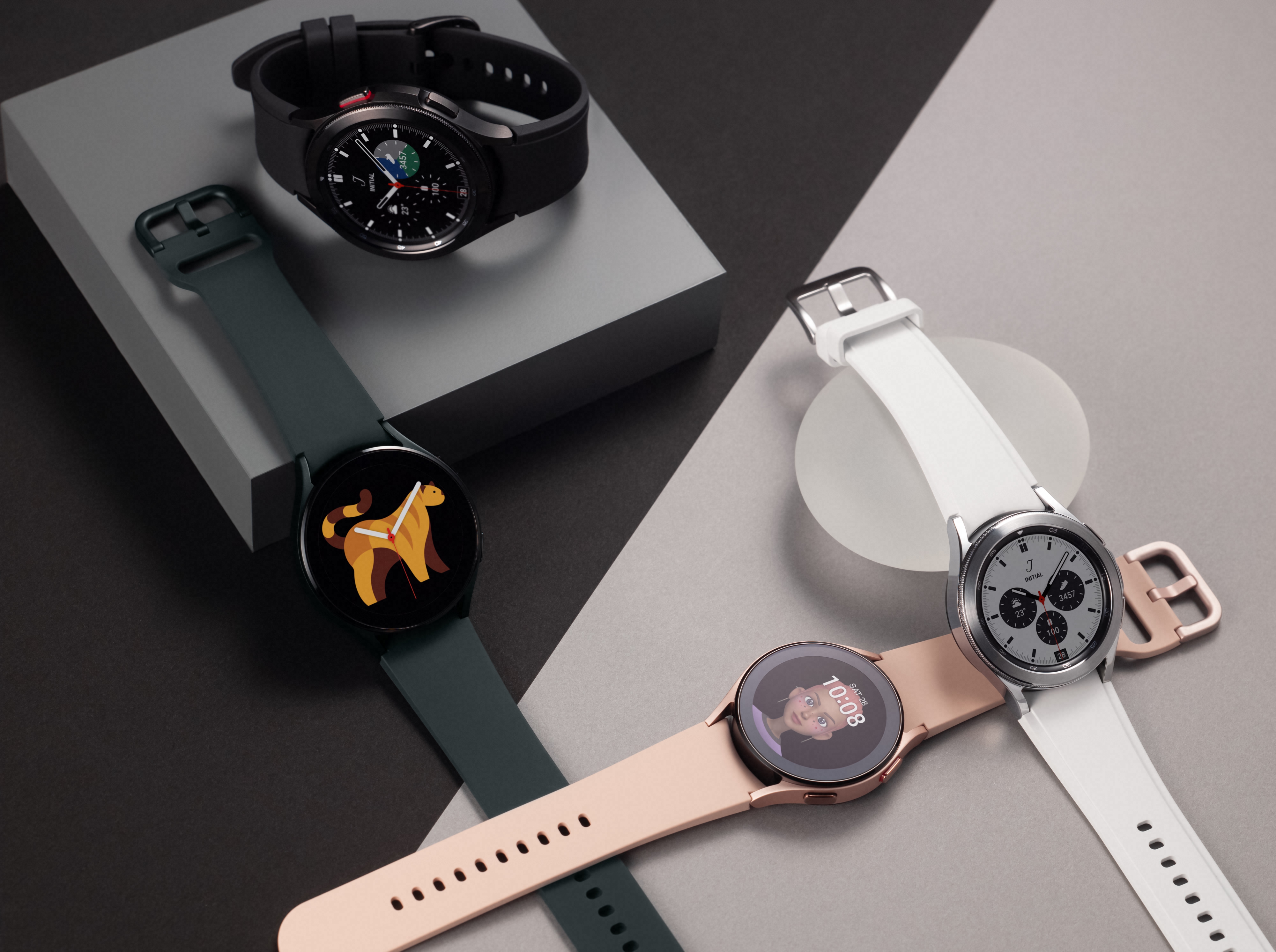
The Galaxy Watch 4 Classic starts at $349 for the Wi-Fi-only model with the LTE model again a $50 upgrade. The 46mm model adds $30 to the Wi-Fi only or LTE model. Both the 42mm and 46mm models come in either Black or Silver.
Samsung is offering a $50 Samsung Credit for those that pre-order either the Galaxy Watch 4 or Galaxy Watch 4 Classic between August 11 and August 26.
Samsung has maintained competitive pricing with the updated Galaxy Watch 4 and Galaxy Watch 4 Classic. The former comes in $30 cheaper than the Apple Watch SE and the latter is $50 below the Apple Watch Series 6.
Samsung Galaxy Watch 4 and Watch 4 Classic specs
| Row 0 - Cell 0 | Galaxy Watch 4 | Galaxy Watch 4 Classic |
| Display | 40mm: 1.2" 396x396 Super AMOLED; 44mm: 1.4" 450x450 Super AMOLED | 42mm: 1.2" 396x396 Super AMOLED; 46mm: 1.4" 450x450 Super AMOLED |
| CPU | Exynos W920 Dual Core (5nm) | Exynos W920 Dual Core (5nm) |
| RAM | 1.5GB | 1.5GB |
| Storage | 16GB | 16GB |
| Connectivity | BT 5.0; Wi-Fi 802.11a/b/g/n; NFC; GPS and optional LTE | BT 5.0; Wi-Fi 802.11a/b/g/n; NFC; GPS and optional LTE |
| Battery capacity | 40mm: 247mAh; 44mm: 361mAh | 42mm: 247mAh; 46mm: 361mAh |
| Durability | IP68 and MIL-STD-810G | IP68 and MIL-STD-810G |
| Colors | 40mm: Black, Pink Gold, Silver; 44mm: Black, Green, Silver | Black or Silver |
| Size | 40mm: 1.59 x 1.55 x 0.39-inches; 44mm: 1.75 x 1.7 x 0.39-inches | 42mm: 1.63 x 1.63 x 0.44-inches; 46mm: 1.79 x 1.79 x 0.44-inches |
| Weight | 40mm: 0.91 ounces; 44mm: 1.07 ounces | 42mm: 1.64 ounces; 46mm: 1.83 ounces |
Samsung Galaxy Watch 4 and Galaxy Watch 4 Classic software
I’ll get into the hardware details in a moment, but the biggest change for both watches is the adoption of the new Wear OS, Powered by Samsung. Google and Samsung announced the partnership at Google I/O 2021 in May and it represents a blending of the two operating systems. This should give you the best of both worlds with the performance and some of the battery life that was beloved on Tizen OS along with the app and Google services support from Wear OS.
This means that Galaxy Watch 4 and Galaxy Watch 4 Classic owners get crucial features like Google Maps along with support for 3rd party software like Adidas Running, Strava, Calm and Spotify. For longtime Galaxy Watch owners don’t worry you still have Galaxy services as well including the ability to use Samsung Pay, SmartThings and Bixby.
I'm excited to finally test the new platform out on this hardware as it felt like Google had all but abandoned wearables, so Wear OS Powered by Samsung feels like it may have given it a new lease on life.
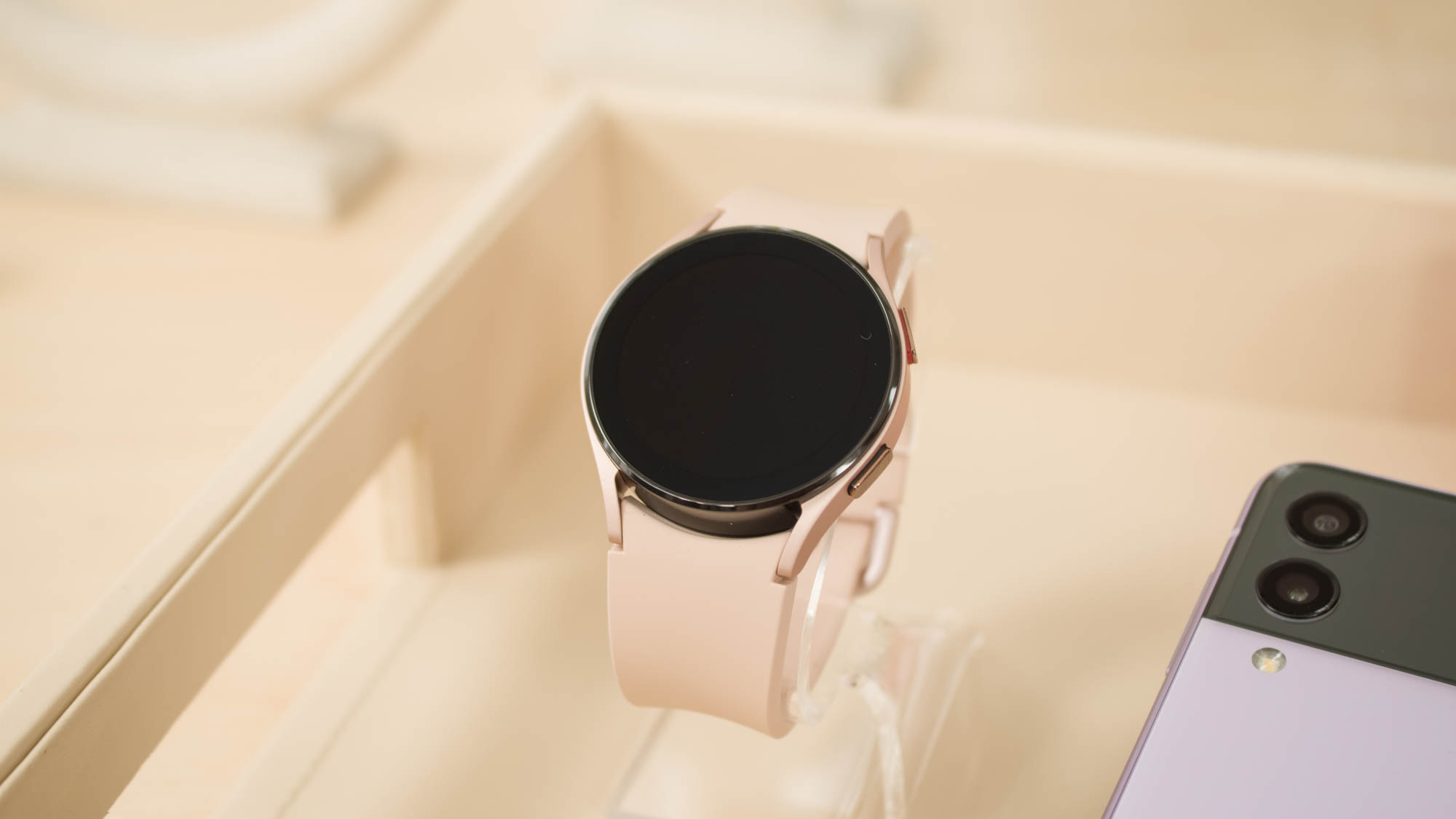
Samsung Galaxy Watch 4
The Galaxy Watch 4 is the continuation of the Galaxy Watch Active line, the successor to the Galaxy Watch Active 2 from 2019. It’s a great rebranding from Samsung as the Active name never really fit and the Galaxy Watch 4 is a standard smartwatch that like most offers a wealth of fitness features.
The Galaxy Watch 4 is the first Galaxy Watch to move to a 5nm processor, Samsung’s own Exynos W920. Samsung’s custom chips remain a significant advantage for them over most Android smartwatch manufacturers as Qualcomm’s Snapdragon 4100 Plus remains on a 12nm low power processor. Samsung claims Galaxy Watch 4 will offer a 20% faster CPU, 10X faster GPU and 50% more RAM than its predecessor.
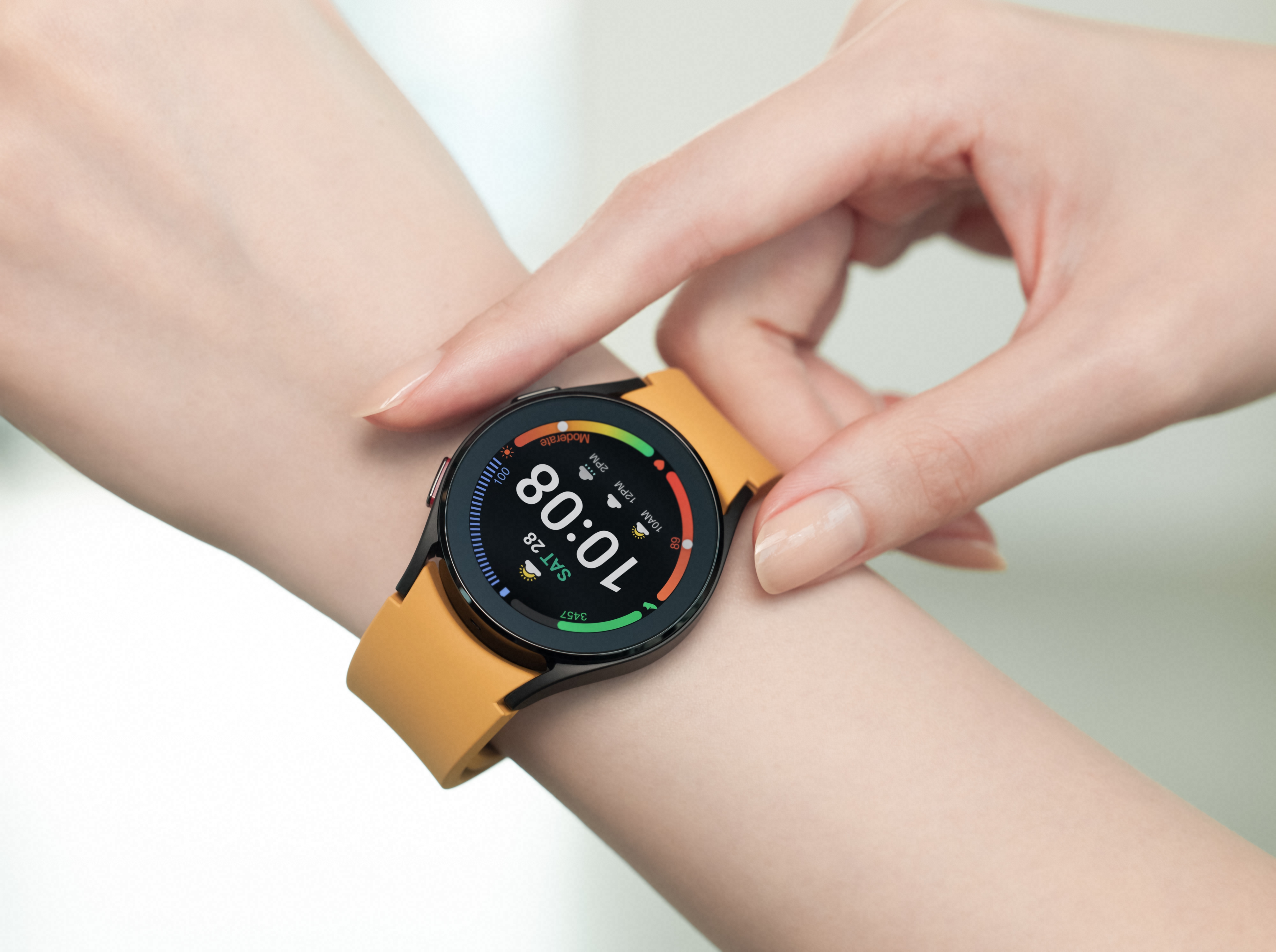
The display also has improved with the 44mm model offering a 450 x 450-pixel resolution on its 1.4-inch display (up from 360x360). This should give the always-on display a much crisper look, while also delivering more content. While both models retain the same display size as the Galaxy Active 2, Samsung has shrunk the aluminum casing of the watches in every dimension and dropped their weight considerably.
The Galaxy Watch 4 design is simple with just two elongated oval buttons on its right side. All other interactions are handled with the touchscreen. The watch has a polished look that should give it broad appeal with a seamless connection from the band to the watch and a slim profile relative to most smartwatches. While it isn’t a rugged design, the Galaxy Watch 4 also retains rugged durability with IP68 water and dust resistance along with MIL-STD-810G certification.
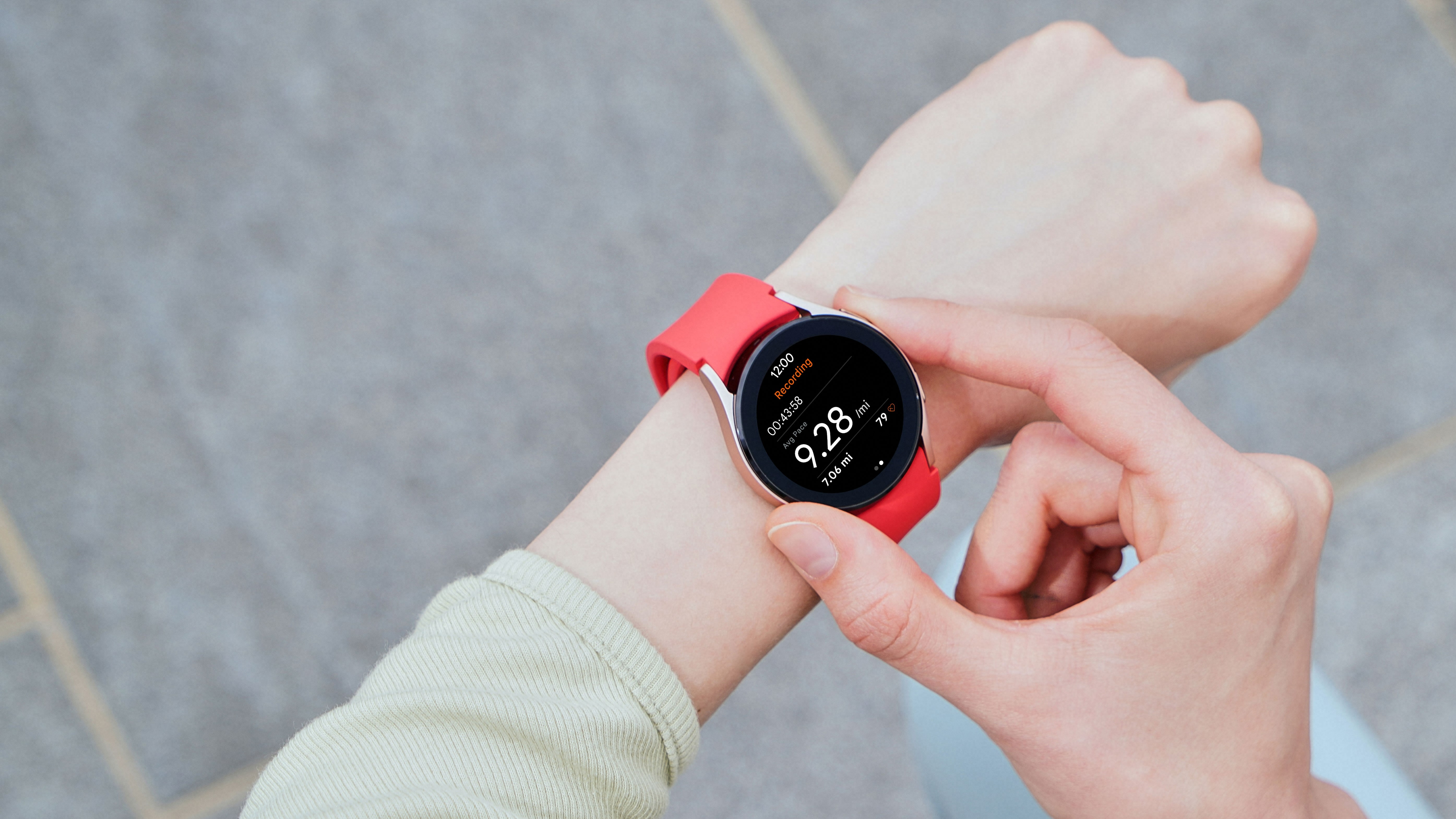
If you opt for the smaller 40mm model you can choose from Black, Silver or Pink Gold. The 44mm model comes in Black, Silver or Green. The included bands are color-matched, but we expect considerably more to be available after launch.
Samsung boasted of its new sensors at MWC 2021 and it is on display in the Galaxy Watch 4 with a 3-in-1 sensor that again helped in the overall size reduction. The trio of sensors allows for Optical Heart Rate, Electrical Heart and Bioelectrical Impedance Analysis. This covers critical health monitoring like blood pressure, AFib detection, blood oxygen monitoring and body composition measurement. That last one is a first for a smartwatch, it captures 2,400 data points in 15 seconds to produce its analysis.
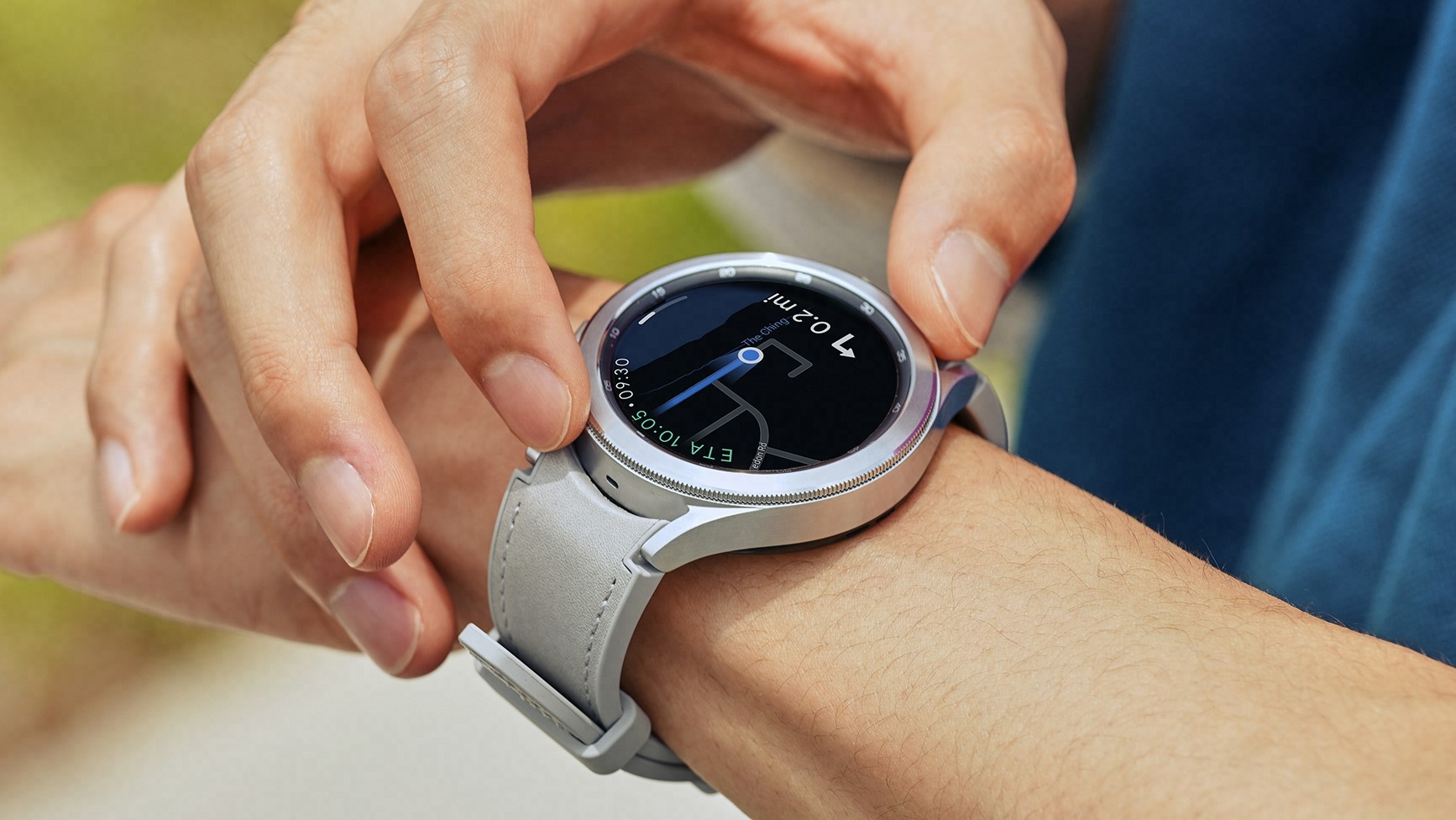
Samsung Galaxy Watch 4 Classic
The Samsung Galaxy Watch 4 Classic has also diverted from its previous naming convention, as this design used to be just the Galaxy Watch. Again I think this move makes more sense as the Galaxy Watch 4 is the more general-purpose device, the Galaxy Watch 4 Classic is a bit larger and more expensive.
With that said, the Galaxy Galaxy Watch 4 Classic offers an identical feature set to the Galaxy Watch 4, the only differences between the two watches are in design. The Galaxy Watch 4 Classic retains the rotating bezel for navigation that has proven popular over the years, it otherwise has the same two buttons on the right and touchscreen for navigation.
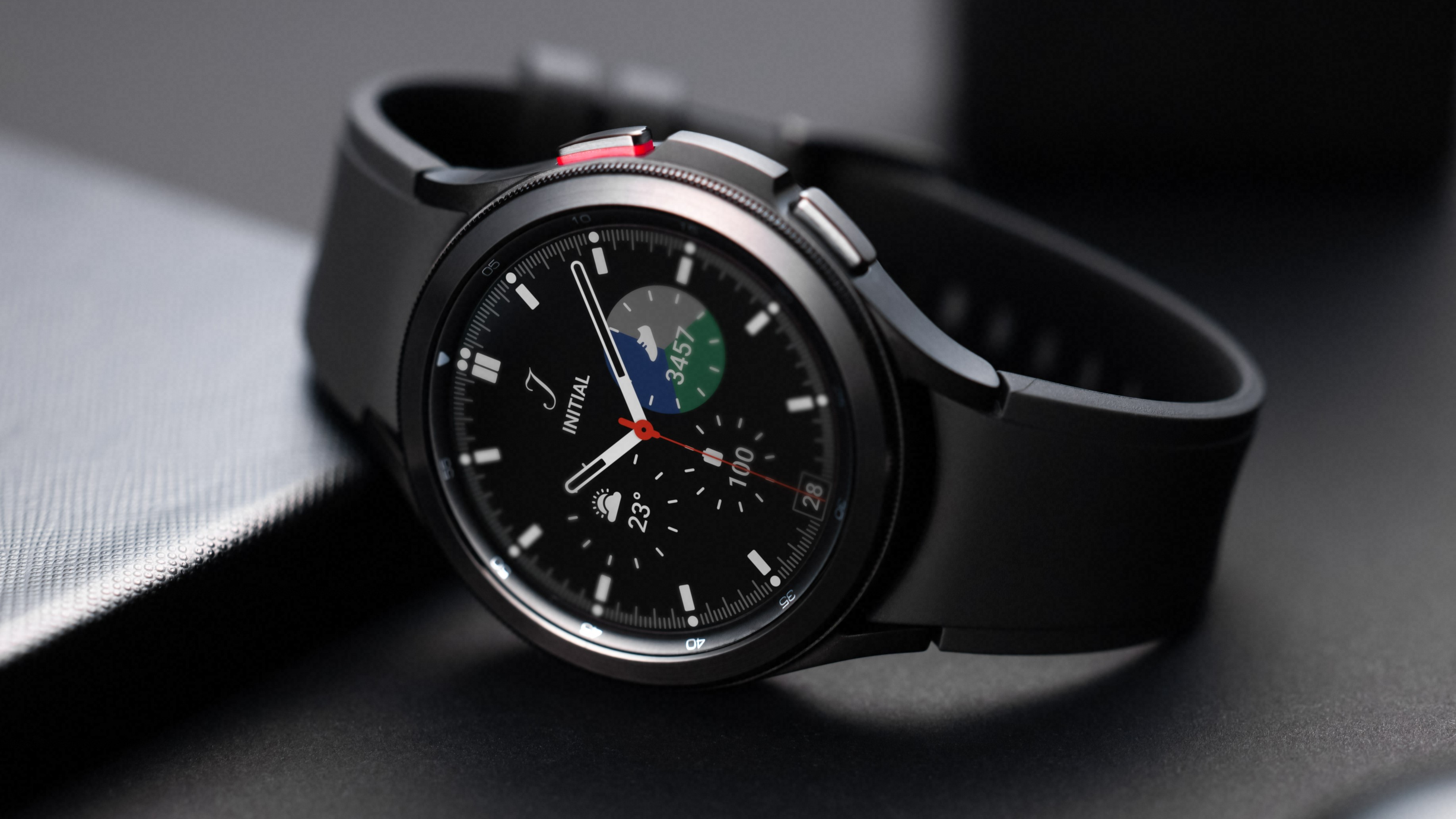
The Galaxy Watch 4 Classic has a stronger stainless steel casing, compared to the aluminum of the Galaxy Watch 4. Combined with the increased size at 42mm and 46mm this also makes it quite a bit heavier than the Galaxy Watch 4. The Galaxy Watch 4 Classic only comes in two color options, Black or Silver.
With the exception of the rotating bezel, most of the reasons to consider the Galaxy Watch 4 Classic over the Galaxy Watch 4 are aesthetic. Its larger size, heavier casing, and stainless steel construction give it the look and feel of a more expensive watch. With that said if you are simply looking at functionality, you can save $150 by going with the Galaxy Watch 4.
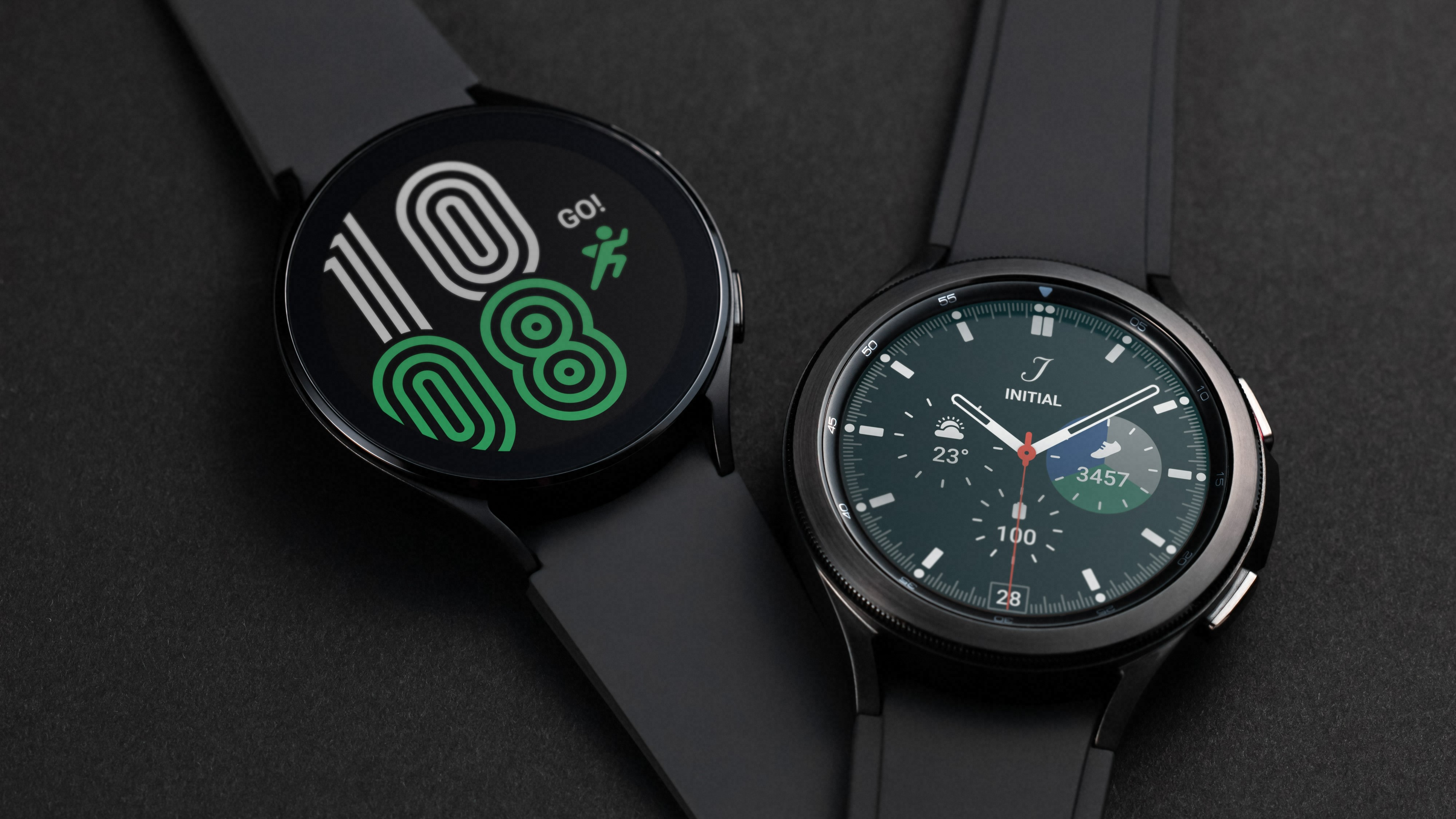
Outlook
Samsung is better positioned than anyone to take on Apple Watch and Galaxy Watch 4 and Galaxy Watch 4 Classic may finally have a chance to do it. The integration with Wear OS could be the key to opening them up beyond Samsung device owners as missing out on Google services and integrations was a stumbling block in the past.
On the hardware front, no one has questioned the Galaxy Watch line, these models manage to undercut Apple Watch on pricing while offering comparable functionality and in some cases even surpassing them. This will be an interesting test case as Wear OS has almost never had a watch with a significant marketing effort put behind it and Samsung will almost certainly put its considerable marketing weight behind the Galaxy Watch 4 and Galaxy Watch 4 Classic.
We’ll be testing these watches out in due time, but at least at launch, these are by far the most interesting Wear OS watches that have been released in years. If you are in the market for a smartwatch in the short term, these are almost unquestionably the best options available to Android users.
Sean Riley has been covering tech professionally for over a decade now. Most of that time was as a freelancer covering varied topics including phones, wearables, tablets, smart home devices, laptops, AR, VR, mobile payments, fintech, and more. Sean is the resident mobile expert at Laptop Mag, specializing in phones and wearables, you'll find plenty of news, reviews, how-to, and opinion pieces on these subjects from him here. But Laptop Mag has also proven a perfect fit for that broad range of interests with reviews and news on the latest laptops, VR games, and computer accessories along with coverage on everything from NFTs to cybersecurity and more.

